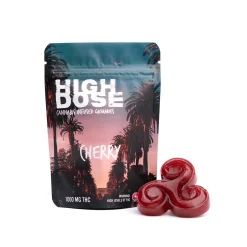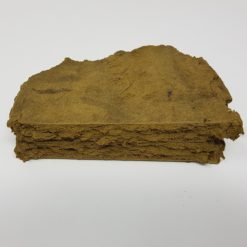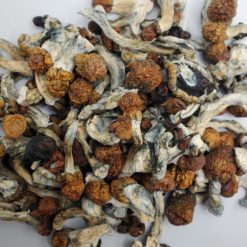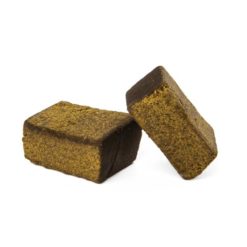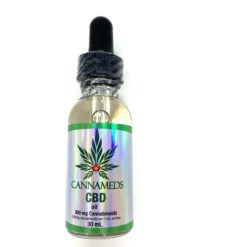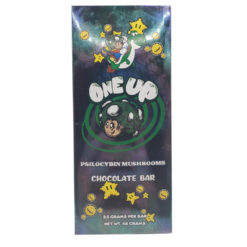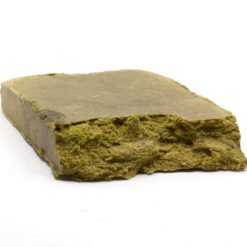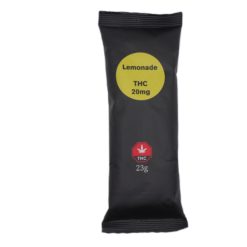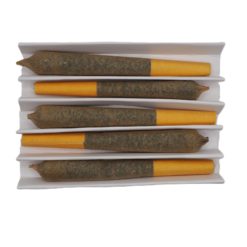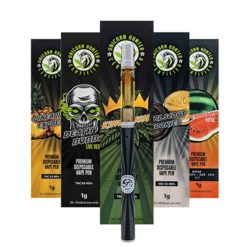Massachusetts, 1911. This was a grim time for hemp and cannabis cultivation. Despite several thousand generations of a healthy symbiotic relationship with these highly versatile plants, our attitude towards them suddenly started to shift. The reasons were unfortunately lacking in any underlying morality or scientific backing, but after Massachusetts made cannabis illegal to protect private interests in certain industries, every state and surrounding nations began to follow suit.
Cannabis prohibition at state levels progressed from 1911 to 1929 in the US, with Canada and Mexico also implementing prohibition in the same period, but at the federal levels first. Oddly enough, with our stance on cannabis today serving as sharp contrast, Canada and Mexico beat the US by several years in making cannabis and hemp illegal at the federal level in the early to mid 1920s.
Thankfully however, cannabis held a special place in the hearts and minds of a dedicated few who keenly understood that such a long history of cannabis use around the world must have served a special purpose for us – spawning pockets of researchers all over the world to dedicate their lives to decoding the cannabis code, despite lack of funding and legal challenges.
Thanks to these few, there are now over 20,000+ peer reviewed studies focused around the medical and agricultural benefits of cannabis, including thousands of human trials and anecdotal evidence about its ability to help heal various metabolic and neurological diseases. These studies have not just confined themselves to North America, but have been conducted globally across dozens of countries, over several decades – most notably in Israel from the 1980s onward.
With all this groundwork laid, what have we learned? Well, a lot, to say the least. But let’s focus on one compound specifically – CBD. Out of all the other medically useful compounds found in cannabis, it has so far proven to be the compound with the most medicinal applications and the lowest risk factors.
What is CBD?
Cannabidiol (CBD), is a phytocannabinoid derived from the cannabis and hemp plants that mimics anandamide – the body’s internal anti-inflammatory and immune regulating CB2 modulator found in the human endocannabinoid system.
Side note – According to world renowned endocannabinoid expert Dr. Rachel Knox, MD, of Portland, Oregon, the endocannabinoid system is the key system involved in all detectable metabolic diseases known to modern medicine. Everything from heart disease, to type 1 and 2 diabetes, to neurological disorders, all have their roots in CB1 and CB2 receptor dysfunctions whether they be upregulation based or downregulation based.
Contrary to popular belief, CBD is not produced by cannabis or hemp plants, but rather is derived from them. CBD is derived from Cannabidiol Acid (CBDA) via the process of decarboxylation. This process is a thermo-chemical reaction that removes an acidic carboxyl group from a molecule, evaporating it into CO2, leaving behind an activated molecule able to interact with the cabron within organic cells such as our own, right down to the chromosome level.
How does CBD work?
As referenced above, CBD mimics anandamide, which regulates our body’s nervous and immune systems.
To date, across thousands of peer reviewed studies world wide, CBD has been proven to be an effective antioxidant, antispastic, anti inflammatory, as well as a strong neuroprotective molecule. The best part, CBD is non-psychoactive which means it isn’t required for an individual to be high in order for them to be sufficiently medicated.
CBD on it’s own however is not as effective if a person’s diet isn’t rich in healthy fats. The reason for this is that CBD is a fat soluble phytocannabinoid. Combining CBD with healthy fats, high fat meals, and high fat drinks that are rich in Omega-3 DHA and EPA has a dramatic impact on the absorption of CBD and other cannabinoids.
CBD sprays bound with oils for example, have shown significant promise in helping patients undergoing chemo to help to control vomiting and systemic inflammation resulting from the cell damage chemo causes, because the fatty oils allow it to better be absorbed into the body. If combined with a low amount of THC, hunger is also stimulated, enabling patients to maintain a healthy diet in order to recover much more rapidly and with fewer nutritional deficiencies.
The same is true for practically any other form of ingestion via tincture or spray, or edible.
It should be noted that there is a difference of effect between ingesting CBD and smoking it. Smoking is a much more rapid onset, as it can be absorbed directly into the bloodstream via the lungs making that method more ideal for rapid onset neurological disorders like epilepsy. The drawback is smoking CBD has a shorter duration of effect, meaning it doesn’t last as long since the liver begins to break it down almost immediately. Ingesting is the opposite. The onset is slower as the CBD is absorbed through the digestive tract, but the effects last longer due to the slow absorption rate. Ingesting is more ideal for more chronic conditions such as auto-immune disorders and inflammatory conditions.
Summing up
This concludes our first installment of this month’s four-part CBD series. We hope you are benefitting from the information here so far! We gathered a great deal of reference material which we’ve included below should you want to dive deeper into CBD before our next installment. See you soon with part two!
Medical and educational references used for this series
The Sad, Weird Tale Of HOW Cannabis Became Illegal
Cannabis and Cannabinoids (PDQ®) – PDQ Cancer Information Summaries – NCBI Bookshelf
Omega 3 and Omega 6 | Gregory Wray
Fish Oil, Cannabidiol and the Gut Microbiota: An Investigation in a Murine Model of Colitis
Anticonvulsant activity of four oxygenated cannabidiol derivatives
Cannabidiol CBD and Mental Health
Why All the Buzz About CBD? Samantha Miller / Green Flower CBD Summit
EPISODE #67 Cannabis and Evolution with Dr. Ethan Russo, leading Medical Cannabis Doctor and Resear
EPISODE #54 The Endocannabinoid System with Dr. Rachel Knox, Endocannabinologist & Certified Cannab

